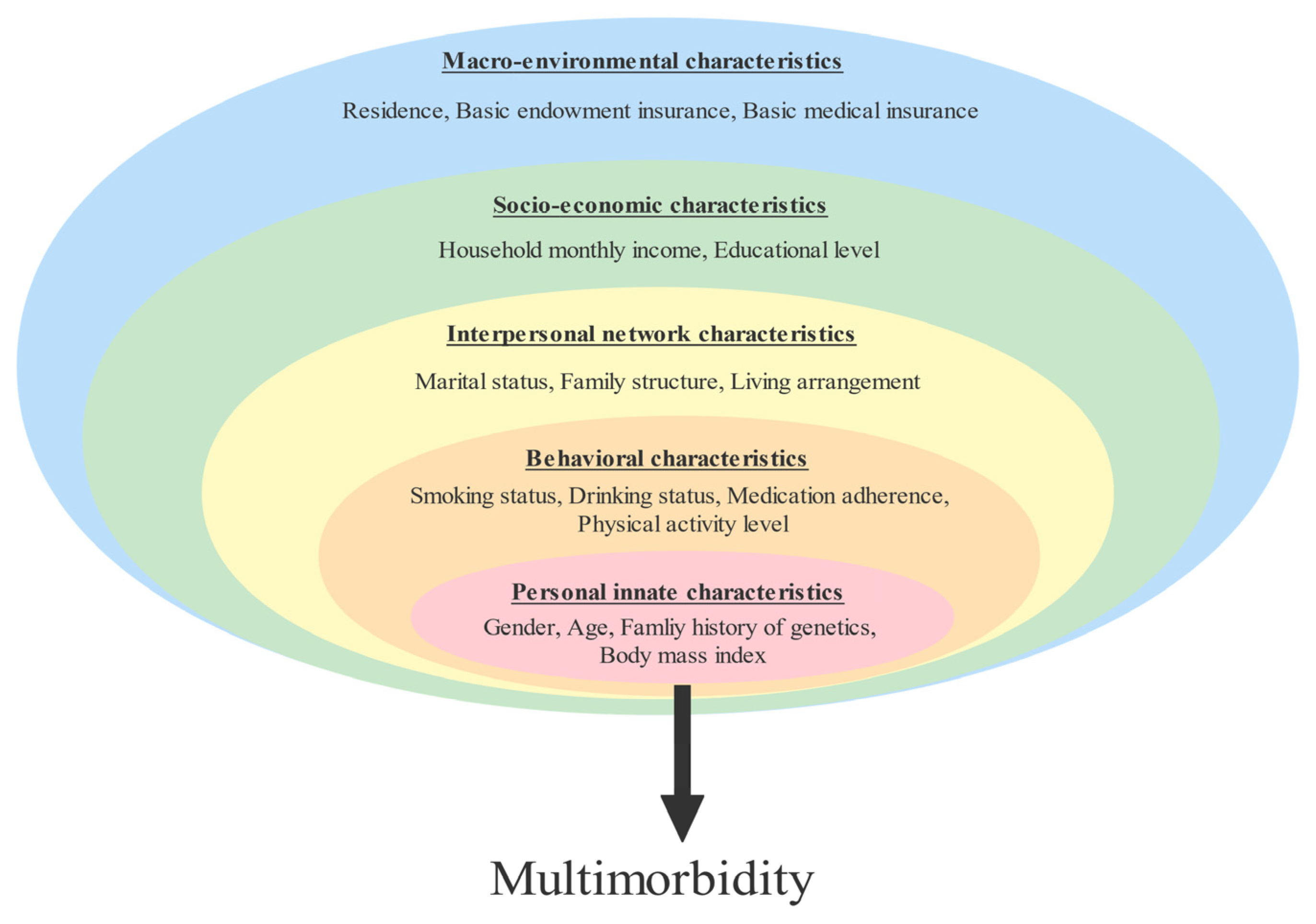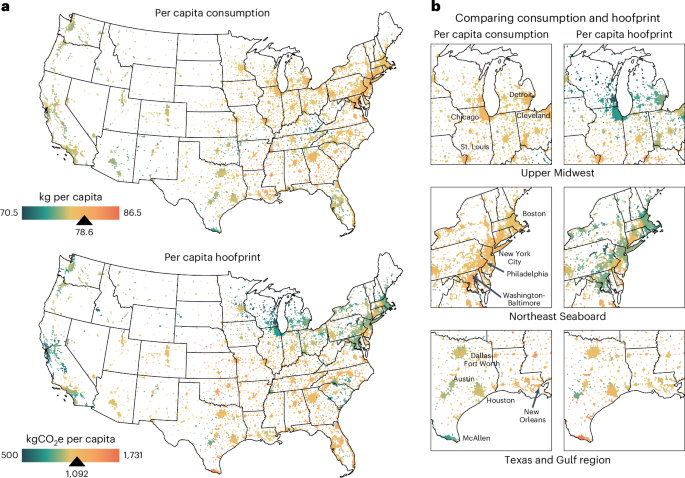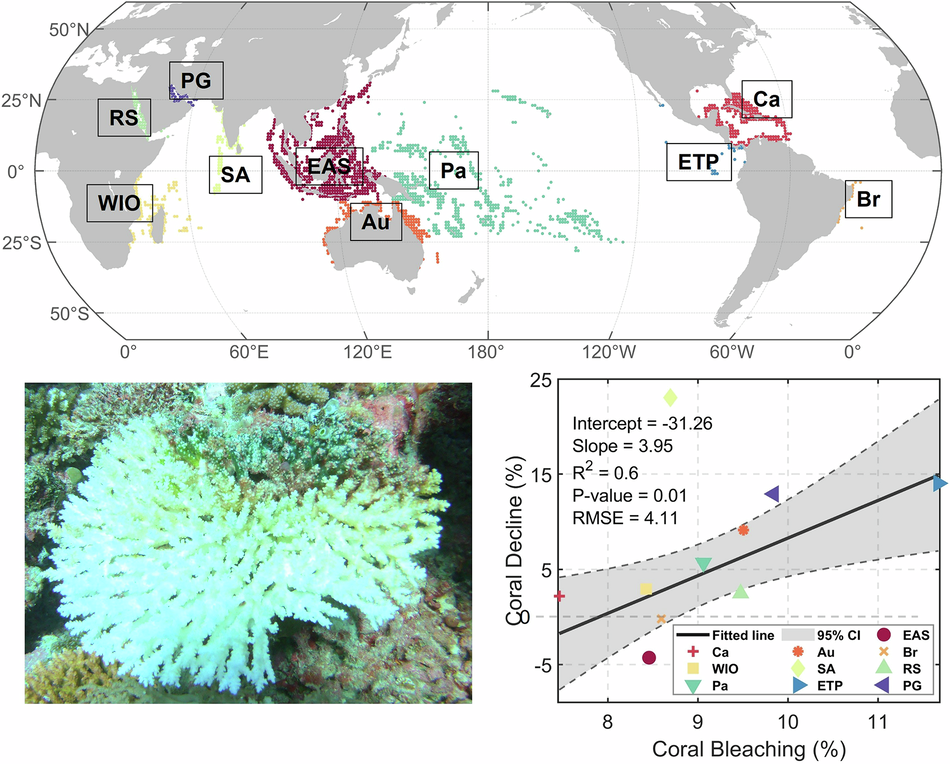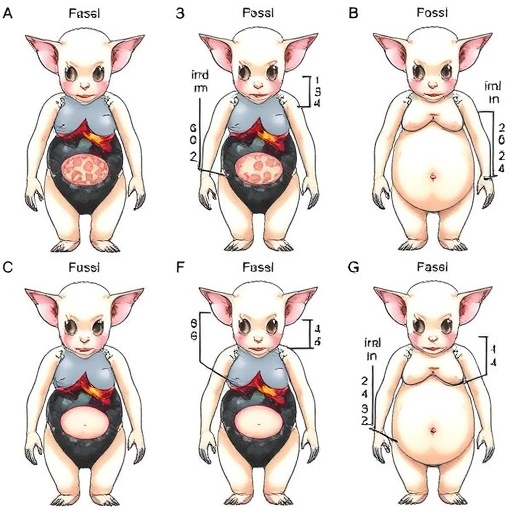Pace of adoption of alternatives to animal-source foods is an important factor in reaching climate goals – Nature


Report on the Pace of Adoption of Alternatives to Animal-Source Foods and Its Impact on Climate Goals
Introduction
The global food system significantly contributes to greenhouse gas (GHG) emissions, which drive climate change. Animal agriculture, including the production of animal feed, accounts for a large share of these emissions. With global population growth and rising incomes, demand for animal-source foods (ASF) is expected to increase if current trends continue. Achieving the climate targets set by the international community, such as those outlined in the Paris Agreement, necessitates a rapid reduction in ASF consumption.
This report emphasizes the role of Sustainable Development Goals (SDGs), particularly SDG 13 (Climate Action), SDG 2 (Zero Hunger), and SDG 12 (Responsible Consumption and Production), in guiding the transition to sustainable food systems.
Background and Context
Food System Emissions and Climate Goals
- Food systems contribute up to one-third of global anthropogenic GHG emissions.
- Animal-source foods disproportionately contribute to these emissions relative to their caloric intake.
- Limiting global warming to 1.5°C or 2°C requires transformative changes in food production and consumption patterns.
These findings align with SDG 13, which calls for urgent action to combat climate change and its impacts.
Challenges in Reducing ASF Consumption
- Global consumption of ASF is increasing, driven by population and income growth.
- Resistance to reducing ASF consumption is well documented.
- Alternatives to ASF, including plant-based, cultured, and fermentation-derived products, offer promising pathways to reduce emissions.
These alternatives support SDG 12 by promoting sustainable consumption and production patterns.
Methodology
Modeling Food Demand and Emissions
- Estimation of global calorie consumption by food group from 2020 to 2050, considering population growth and income-driven dietary shifts.
- Modeling consumer adoption of alternatives to ASF using Gompertz adoption curves to simulate realistic transition dynamics.
- Calculation of cumulative GHG emissions under various dietary scenarios, including business-as-usual (BAU), plant-only diets, and alternatives to ASF.
Scenarios Considered
- Business-as-Usual (BAU): Diets converge toward a Western ASF-heavy pattern by 2050.
- Plant-Only Diet: Complete replacement of ASF with plant-based foods.
- Alternatives to ASF: Replacement of ASF with plant-based and cultured alternatives, with varying adoption rates and start years.
- EAT-Lancet Healthy Diet: Transition to a diet recommended for health and sustainability, without ASF alternatives.
Key Findings
Increasing Emissions Under Business-as-Usual
Population and income growth drive a 24% increase in global calorie demand by 2050, with ASF calories nearly doubling. This results in a doubling of annual food system emissions between 2020 and 2050, primarily due to ASF consumption, which is incompatible with climate goals (SDG 13).
Non-Linear Consumer Adoption Dynamics
Consumer adoption of alternatives follows a Gompertz curve characterized by:
- Slow initial adoption by early adopters.
- Rapid uptake after reaching parity in price, taste, and other attributes.
- Slowing adoption as saturation approaches.
Understanding these dynamics is critical for designing interventions to accelerate sustainable dietary transitions (SDG 12).
Impact of Transition Timing on Emissions
- Early adoption (before 2023) with 60% ASF replacement by 2050 can keep cumulative emissions within the food sector’s carbon budget (390 GtCO2e).
- Delays in adoption increase the required replacement share, with 100% replacement needed if adoption starts by 2026.
- Plant-only diets require an earlier start (no later than 2025) and near-complete replacement to meet emission targets.
- EAT-Lancet Healthy Diets alone do not meet the carbon budget due to residual ASF emissions.
GHG Emission Reductions from Alternatives
Replacing ASF with alternatives can reduce cumulative food system emissions by approximately 33%, outperforming other strategies such as food waste reduction and yield improvements. This supports SDG 13 by mitigating climate change impacts.
Discussion
Alternatives to ASF as a Key Strategy
Rapid development and adoption of ASF alternatives can substantially reduce GHG emissions, aligning with SDG 13 and SDG 12. These alternatives also contribute to SDG 2 by providing sufficient calories and protein to meet global nutritional needs.
Policy Interventions to Accelerate Adoption
- Supply-side incentives: research grants, R&D subsidies, and subsidized loans to scale production.
- Demand-side measures: incentives for food companies, retailers, and food service to promote climate-friendly products.
- Regulatory support to foster innovation and consumer acceptance.
Such policies are essential to meet SDG 13 and ensure sustainable consumption patterns under SDG 12.
Additional Considerations
- Carbon sequestration potential from land freed by reduced animal agriculture could further enhance climate benefits.
- Nutritional adequacy of diets relying on ASF alternatives is supported by recent studies, addressing SDG 2.
- Environmental impacts beyond GHG emissions, including land use, water depletion, and biodiversity loss, underscore the urgency of reducing ASF consumption (SDG 15: Life on Land).
- Financial aspects of dietary transitions require further analysis but are expected to be favorable in the long term.
Conclusion
The transition away from animal-source foods toward plant-based and cultured alternatives is critical for achieving global climate goals and advancing multiple Sustainable Development Goals, including SDG 13 (Climate Action), SDG 2 (Zero Hunger), SDG 12 (Responsible Consumption and Production), and SDG 15 (Life on Land). The timing and pace of adoption are decisive factors in meeting the food sector’s carbon budget. Policy support and innovation are imperative to accelerate this transition and ensure a sustainable and nutritious global food system.
References
For detailed references and data sources, please refer to the original publication and supplementary materials available at https://github.com/GalinaHale/FoodClimate.
1. Sustainable Development Goals (SDGs) Addressed or Connected
- SDG 2: Zero Hunger
- The article discusses global food demand, caloric intake, and protein consumption, emphasizing sustainable food systems and nutrition goals.
- SDG 12: Responsible Consumption and Production
- Focus on reducing greenhouse gas emissions from food systems, adoption of alternatives to animal-source foods, and reducing food waste.
- SDG 13: Climate Action
- The article centers on reducing greenhouse gas emissions from the food sector to meet climate goals such as limiting global warming to 1.5°C or 2°C.
- SDG 15: Life on Land
- Discussion on land use changes, biodiversity preservation, and ecosystem restoration related to reduced animal agriculture.
2. Specific Targets Under the Identified SDGs
- SDG 2: Zero Hunger
- Target 2.1: End hunger and ensure access by all people to safe, nutritious, and sufficient food all year round.
- Target 2.2: End all forms of malnutrition, including achieving targets on stunted and wasted children.
- SDG 12: Responsible Consumption and Production
- Target 12.3: Halve per capita global food waste at the retail and consumer levels and reduce food losses along production and supply chains.
- Target 12.2: Achieve sustainable management and efficient use of natural resources.
- SDG 13: Climate Action
- Target 13.2: Integrate climate change measures into national policies, strategies, and planning.
- Target 13.3: Improve education, awareness-raising and human and institutional capacity on climate change mitigation, adaptation, impact reduction, and early warning.
- SDG 15: Life on Land
- Target 15.1: Ensure the conservation, restoration, and sustainable use of terrestrial and inland freshwater ecosystems and their services.
- Target 15.5: Take urgent and significant action to reduce the degradation of natural habitats, halt the loss of biodiversity.
3. Indicators Mentioned or Implied to Measure Progress
- Greenhouse Gas Emissions (GHG) from Food Systems
- Measurement of cumulative and annual GHG emissions (in GtCO2e) from the food sector between 2020 and 2050.
- Indicators related to emissions reduction targets consistent with the carbon budget for limiting global warming (e.g., 390 GtCO2e budget for food sector).
- Adoption Rate of Alternatives to Animal-Source Foods
- Share (%) of animal-source foods replaced by plant-based, cultured, or fermentation-derived alternatives by 2050.
- Timing of adoption start year and pace of consumer acceptance modeled by Gompertz curves.
- Food Consumption Patterns
- Caloric intake per person per day (kcal) and protein intake from different food groups (animal-source foods vs. alternatives).
- Proportion of calories from animal-source foods vs. plant-based diets.
- Food Waste Reduction
- Percentage reduction in food waste contributing to GHG emission reductions (implied but not quantified in the article).
- Land Use and Biodiversity Indicators
- Potential carbon sequestration from land freed from animal agriculture (implied as a future indicator).
- Biodiversity preservation linked to reduced land degradation and ecosystem restoration.
4. Table of SDGs, Targets, and Indicators
| SDGs | Targets | Indicators |
|---|---|---|
| SDG 2: Zero Hunger |
|
|
| SDG 12: Responsible Consumption and Production |
|
|
| SDG 13: Climate Action |
|
|
| SDG 15: Life on Land |
|
|
Source: nature.com

What is Your Reaction?
 Like
0
Like
0
 Dislike
0
Dislike
0
 Love
0
Love
0
 Funny
0
Funny
0
 Angry
0
Angry
0
 Sad
0
Sad
0
 Wow
0
Wow
0















































































